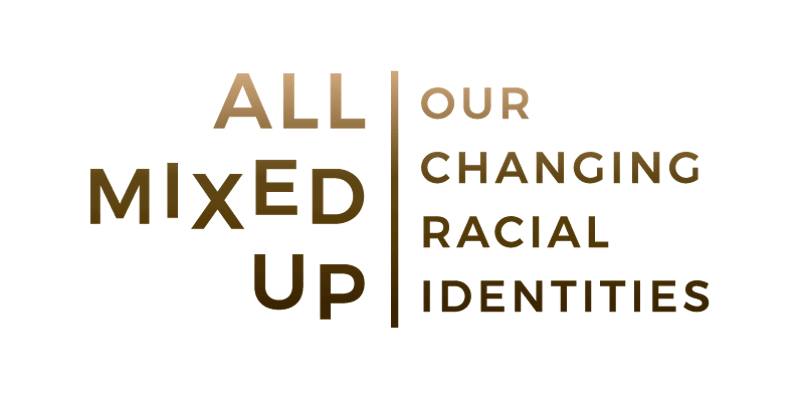Black + White = Not White: Understanding How Multiracial Individuals Are CategorizedPosted in Articles, Identity Development/Psychology, Media Archive, Social Science, United States on 2018-06-15 16:11Z by Steven |
Black + White = Not White: Understanding How Multiracial Individuals Are Categorized
UNEWS
The University of Utah
2018-06-14
Brooke Adams, Communications Specialist
University Marketing & Communication
Study finds minority bias exerts a powerful influence in categorizing multiracial individuals
How you perceive someone who is multiracial matters. Historically, the answer to that question for someone who was black-white multiracial had repercussions for who that person could marry, what school he or she could attend and other forms of discrimination the individual might experience.
Today, the United States is becoming increasingly multiracial, but social psychologists are just beginning to understand how multiracial individuals are perceived and categorized. A new study suggests that the so-called “minority bias” exerts a powerful influence — important since one in five Americans is expected to identify as multiracial by 2050.
University of Utah psychology professor Jacqueline M. Chen, lead author of the study published by the Journal of Experimental Social Psychology, that found observers were most likely to categorize someone who is black-white multiracial as non-white. The findings are the first to document minority bias as a guiding principle in multiracial categorization.
“The question of how perceivers racially categorize multiracial individuals is important because it impacts other social perceptions, like stereotyping, and interactions,” Chen said. “The bottom line is that we find people tend to see racially ambiguous, multiracial people as racial minorities.”…
Read the entire article here.


/cdn.vox-cdn.com/uploads/chorus_image/image/59725481/lead_art_megan_markle.0.jpg)



